Do you ever let magazines pile up, taking weeks to get to them? I do; I am always behind, particularly with magazines like The New Yorker, which I read most of.
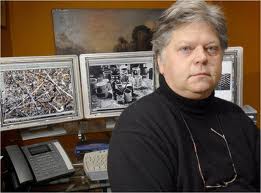 That’s why it has taken me until now to take note of the article headlined The Mark of A Masterpiece in the issue dated July 12 & 19. If you haven’t read it, I commend it to you — all 20 pages of it (well, minus the space for cartoons).
That’s why it has taken me until now to take note of the article headlined The Mark of A Masterpiece in the issue dated July 12 & 19. If you haven’t read it, I commend it to you — all 20 pages of it (well, minus the space for cartoons).
In it, David Grann lays out the methodology of Peter Paul Biro (left), a Canadian whose forensic art expertise has been used to authenticate, or support the authenitification of, various paintings as the works of Leonardo, Turner, and Pollock. That includes the conclusion reached last fall that La Bella Pincipessa is by Leonardo — which some connoisseurs still dispute.
Grann strings readers along for several pages, letting you think that fingerprinting will take authentification to a new level (though if you’ve paid attention in recent years, you’ll know that fingerprinting has been deemed wrong in some criminal cases), and then he lowers the boom: little things don’t seem quite right, and Biro is revealed as not the expert he appeared to be. Biro’s website exists mainly as a shell “presently being updated.”
UPDATE, 9/10/10: I have been informed that the website I linked to above is not Peter Paul Biro’s site — but rather is the site of his brother, Lazlo. Hard to sell, since the “About Us” is one of the pages “presently being updated.” PPB’s website is now here, which has a blog begun in July responding to Grann’s article.
Grann certainly did everyone a real service with the article, no doubt heartening those who think human expertise is the best way of authenticating art. Maybe it is, but I’d hate to rule out technical analysis, which has been so useful in other areas — and in art. For a couple of examples, see this Q & A, by Nova/PBS, with Eric Posma, an artificial intelligence professor at Maastrict University.
Incidentally, Grann referred to a coming PBS documentary about Biro, but if it is still in production, there’s no mention of it on the PBS site.

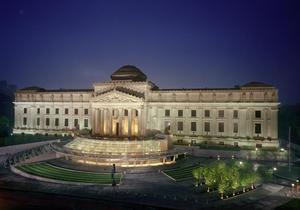
 For a start, the report put paid to the dire predictions by some Cassandras that the arts would suffer more than other types of grantees, which was based on the notion that arts were going to be seen as expendable compared with health, human services, etc. That may yet happen, but in the numbers we have, it is not true for foundation giving — which, admittedly, is a small part of funding for arts groups.
For a start, the report put paid to the dire predictions by some Cassandras that the arts would suffer more than other types of grantees, which was based on the notion that arts were going to be seen as expendable compared with health, human services, etc. That may yet happen, but in the numbers we have, it is not true for foundation giving — which, admittedly, is a small part of funding for arts groups.  The Architect of the Capitol received the largest 2008 award — $156 million from the Packard — followed by $60 million given to the Crystal Bridges Museum (at left) by guess who?
The Architect of the Capitol received the largest 2008 award — $156 million from the Packard — followed by $60 million given to the Crystal Bridges Museum (at left) by guess who? 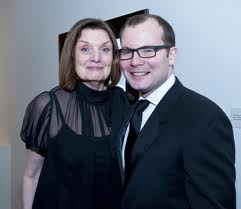 Among my quibbles:
Among my quibbles: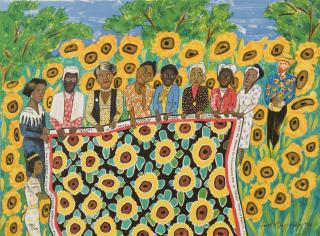 Saltz has railed about the lack of work by women artists on display at the Museum of Modern Art many times, including for an
Saltz has railed about the lack of work by women artists on display at the Museum of Modern Art many times, including for an 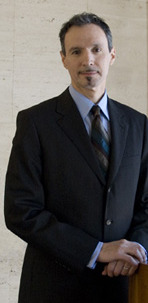 The article quotes Sheldon director Jorge “Daniel” Veneciano saying he believes his domain is the “first U.S. museum he’s aware of that has stored most of its male artists — including the popular Brancusi, Rothko and Hopper — to free up space for lesser-known women.” He drew inspiration from, and visited, the Pompidou Centre’s
The article quotes Sheldon director Jorge “Daniel” Veneciano saying he believes his domain is the “first U.S. museum he’s aware of that has stored most of its male artists — including the popular Brancusi, Rothko and Hopper — to free up space for lesser-known women.” He drew inspiration from, and visited, the Pompidou Centre’s